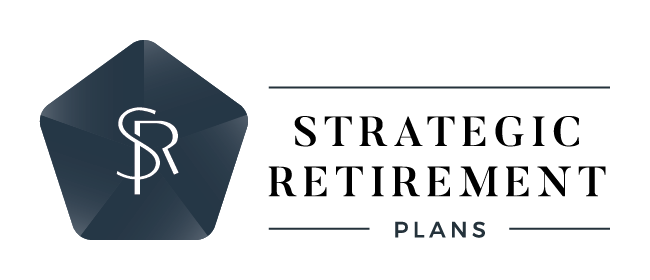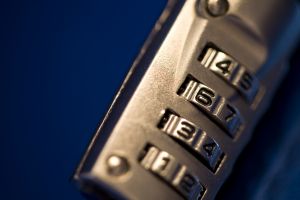One of the biggest themes of the past year has been the scary truth that our personal information may not be as secure as we think it is. Yet, even as headline after headline announces the latest data breach, many consumers are not proactive about protecting their security. A recent Associated Press-GfK poll found a surprising contradiction: While half of respondents said they’re “extremely concerned” about their personal data when shopping in stores, and more than 60 percent are worried about shopping online or on a mobile phone, only about one-third have taken steps to protect themselves.
If an event like the breach of 110 million Target customers’ information doesn’t spur people to take action, what will? Certainly, companies and banks bear a great deal of responsibility for protecting their customers, but there’s also plenty that individual consumers can do to safeguard their personal data.
Stay vigilant, every day
You may not be able to prevent a data breach at a major retailer or institution, but, by regularly monitoring your accounts, you can respond quickly if hackers attempt to use your information. Here are some best practices:
- Keep a close eye on your credit card statements. Frequently checking your purchase history is a simple and effective way to ensure that no one is fraudulently using your account information. (It’s especially easy to do when your recent purchases are fresh in your mind.) Be on the lookout for suspicious charges, and note any other account changes you didn’t make. One hacker tactic is to change the credit card billing address to get the statement sent elsewhere, allowing the thief to impersonate the victim.
- Pay attention to “last logged in” info. During each online banking session, check the website’s “last logged in” section to make sure you’re the only one accessing your account. If you notice any irregularities, report them immediately.
- Sign up for electronic alerts. More credit card companies are beginning to offer this service, sending customers a text or e-mail when a suspicious transaction is made on their account.
- Consider a credit monitoring service. Credit monitoring typically costs just $10–$15 per month, but the extra security it offers may be well worth the additional expense. For those affected by Target’s data breach, the company is offering a full year of free credit monitoring; visit https://creditmonitoring.target.com for details.
Adopt safe shopping habits
Whether you’re shopping online or in a store, these are good practices to follow:
- Use cash more. It’s simple mathematics. The fewer times you use a credit or debit card, the fewer chances a hacker has to capture your personal information. While using a card is generally safe, if you’re worried about data breaches, paying in cash when possible puts the numbers more in your favor.
- Change your passwords regularly. Be sure to periodically update your passwords on retail sites and other websites that store your personal information. And don’t use the same password for every site! Otherwise, if a hacker gets ahold of one password, all of your accounts could be compromised. A password manager like LastPass may be a good alternative to remembering dozens of complex passwords.
- Think twice before giving out personal information. Many stores ask for your phone number, e-mail, or zip code at the register. Though it may be required when shopping online, you don’t have to supply personal information when asked by a store clerk. Declining to provide these details will limit the amount of information about you in the company’s database and reduce the number of catalogs and promotional e-mails you receive.
Remember the basics
You’ve probably heard these tips before, but they remain essential to keeping your personal information safe.
- Be e-mail savvy. E-mail is a favorite tool for hackers, as well as one of the prime movers for viruses. Here are some pointers to keep in mind:
- Be wary of links in e-mails that appear to be from your bank. Instead, go directly to the bank’s website and follow the instructions there.
- Never provide personal details over e-mail, including user IDs and passwords, credit or debit card information, account numbers, PINs, and so on.
- Never open, run, or install programs or files you receive from an unknown source or even unsolicited requests from people you know. Delete suspicious e-mails from your inbox, and then delete them from your deleted items folder.
- Always log out before leaving an online banking session or a website that stores your personal information.
- Enable two-factor authentication on your e-mail and social media accounts.
- Update your antivirus software. Be sure that the antivirus protection on your computer and other devices is current. Remember, you tend to get what you pay for with free antivirus software. Do some research and talk to trusted professionals about the best solutions for your devices.
- Shred it! Last but not least, be careful about disposing of documents that include personal information, such as account numbers. Shredding these documents is a key step in keeping your personal information safe.
Spread the word!
Although none of these measures guarantees success, following the guidelines here can only help you safeguard your accounts and your identity. As always, we encourage you to share this article with your family and friends. As data breaches become increasingly common, awareness is a crucial factor in thwarting hackers and protecting your personal information.


